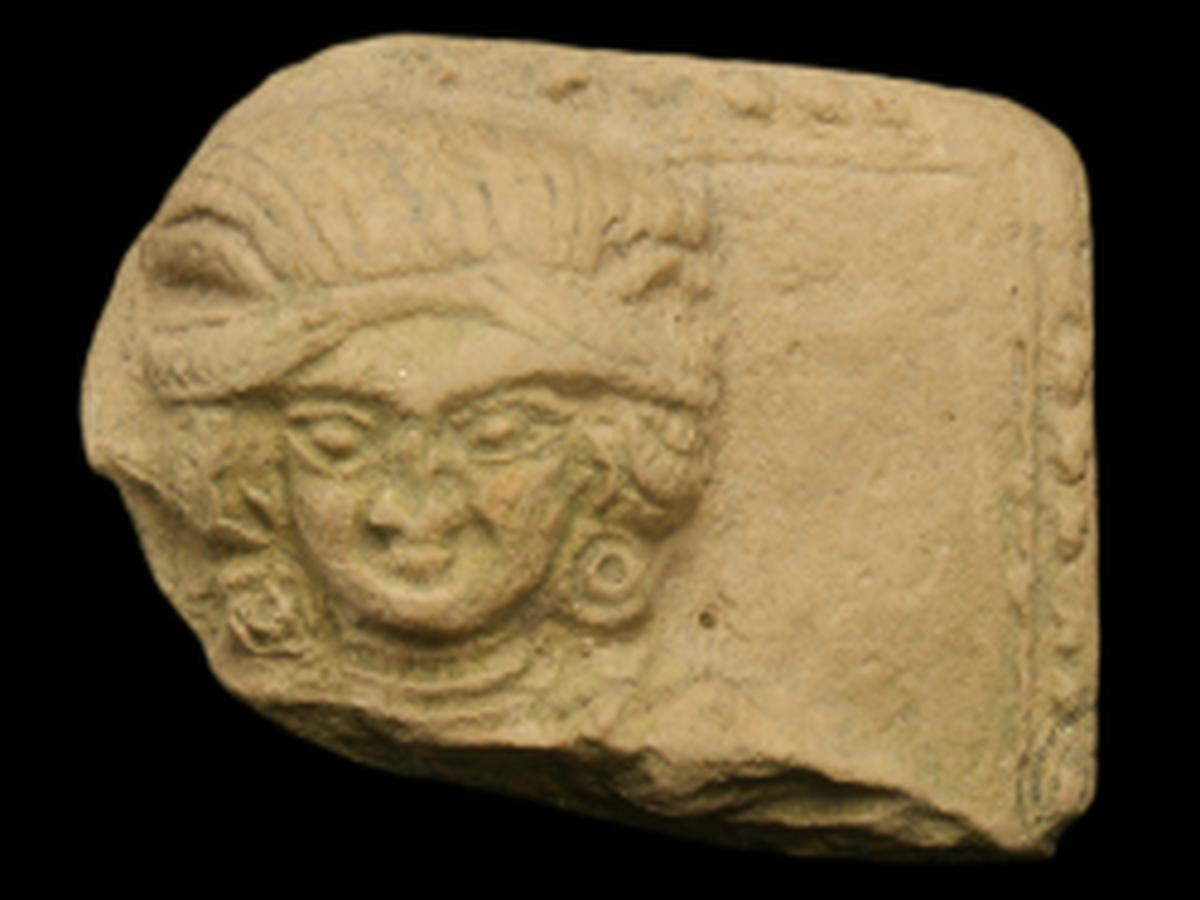State
Tribe Name
Art Type
short description
The shallow wooden plate of the Maram Naga tribe is a remarkable example of craftsmanship toe indigenous people and utility design. This wooden plate, native to the Maram Naga community of Manipur, Northeast India, is traditionally carved out of a single piece of wood. Its peculiarity is that it is an integrated sculpture, in that the shallow dish and its neighboring four short supporting legs are carved from one block of wood, both features testify the deep connection of the tribe to nature and their tremendous woodworking skills.These plates are primarily retained for serving purposes during community feasts and rituals. The one-wood construction lends strength and stands as a testament to the sustainable portion of the Maram people's philosophy towards material usage. Internally, the design is quite minimalistic and functional, suiting the lifestyle that revolves around agriculture, the forest, and community living.
Thumbnail

Filter Postion
Left
Filter Background
Off
Theme
Filter Header Image

content
Image

description
The shallow wooden plate of the Maram Naga tribe is a remarkable example of craftsmanship toe indigenous people and utility design. This wooden plate, native to the Maram Naga community of Manipur, Northeast India, is traditionally carved out of a single piece of wood. Its peculiarity is that it is an integrated sculpture, in that the shallow dish and its neighboring four short supporting legs are carved from one block of wood, both features testify the deep connection of the tribe to nature and their tremendous woodworking skills.These plates are primarily retained for serving purposes during community feasts and rituals. The one-wood construction lends strength and stands as a testament to the sustainable portion of the Maram people's philosophy towards material usage. Internally, the design is quite minimalistic and functional, suiting the lifestyle that revolves around agriculture, the forest, and community living.
Woodcarving among the Maram Nagas is traditionally done from generation to generation. Simple tools are used but the method would take many years of maturity and understanding of the wood grain and strength. The choice of wood is also significant-it is usually hard wood preferred from the local forest for its durability and fine grain. Such cultural artifacts are not just utilitarian articles, but they are also symbolic to and thus convey the relationship of the tribe to their environment. These plates end up seeing the inside of traditional households and are thus still being used today in various cultural and social functions.
Image Mode
landscape
promoted
On
Verified
Off
